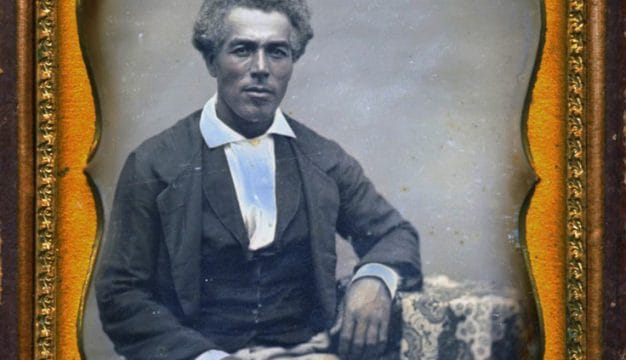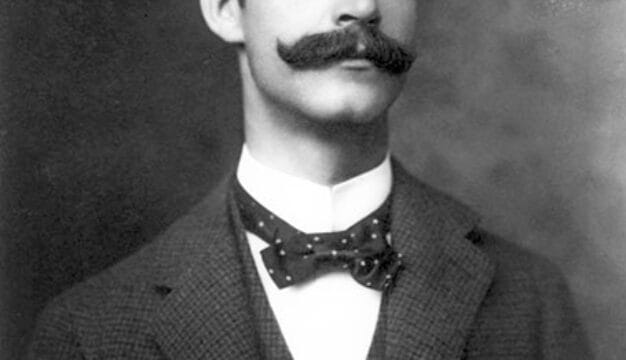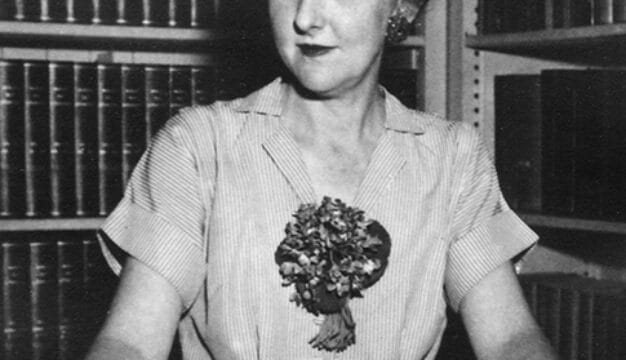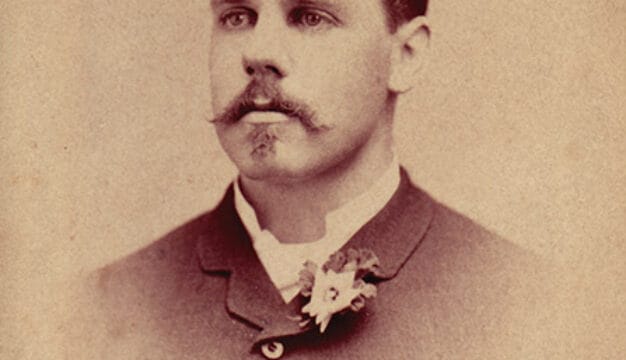Air University
 Air University Logo
The Air University, located at Maxwell Air Force Base (AFB) near Montgomery, Montgomery County, is the United States Air Force’s institution of higher learning. It provides professional military education, professional continuing education, professional specialized education, doctrine development and education, and officer accessions training and citizen development for Air Force military and civilian members, select military members from other U.S. military services, and select members of the air forces of other countries. Air University annually graduates more than 196,000 students, including about 220 international military students, from more than 350 in-residence and distance learning education and training courses and programs, varying in length from one week to one year and taught by nearly 1,800 full-time military and civilian faculty members. In addition, the institution produces more than 4,000 new Air Force officers, about 80 percent of the Air Force’s annual requirements, through its officer accession programs.
Air University Logo
The Air University, located at Maxwell Air Force Base (AFB) near Montgomery, Montgomery County, is the United States Air Force’s institution of higher learning. It provides professional military education, professional continuing education, professional specialized education, doctrine development and education, and officer accessions training and citizen development for Air Force military and civilian members, select military members from other U.S. military services, and select members of the air forces of other countries. Air University annually graduates more than 196,000 students, including about 220 international military students, from more than 350 in-residence and distance learning education and training courses and programs, varying in length from one week to one year and taught by nearly 1,800 full-time military and civilian faculty members. In addition, the institution produces more than 4,000 new Air Force officers, about 80 percent of the Air Force’s annual requirements, through its officer accession programs.
Origins
Air University traces its roots to the Air Service School, established by the U.S. Army Air Service on November 1, 1920, at Langley Field, Virginia, to educate Army officers in military subjects and to develop airpower doctrine for the Air Service. On February 10, 1921, the War Department renamed the school the Air Service Field Officers’ School with the transfer of the balloon-related courses to another school. A year and a half later, the school was renamed the Air Service Tactical School. The school became the Air Corps Tactical School (ACTS) on July 2, 1926, after Congress passed the Air Corps Act.
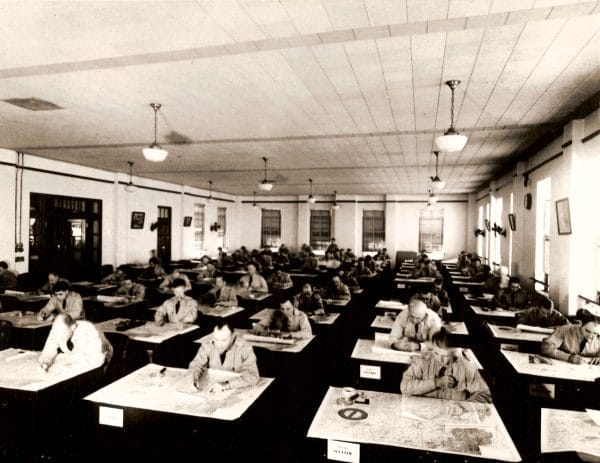 Air Corps Tactical School, ca. 1930s
In 1928, at the urging of Alabama representative J. Lister Hill, known as the “Godfather of Maxwell,” the War Department decided to move the ACTS to Maxwell Field in Alabama, giving the installation its first permanent mission. The school formally opened at Maxwell in September 1931. From 1931 until June 1940, the ACTS instructors taught U.S. air officers on various military subjects and developed air warfare doctrine and tactics. The instruction that these officers received at the ACTS in the 1930s had a significant impact on the leadership of the U.S. Army Air Forces (AAF), established on June 20, 1941, with almost three-fourths of its 321 general officers by the end of World War II having graduated from the ACTS.
Air Corps Tactical School, ca. 1930s
In 1928, at the urging of Alabama representative J. Lister Hill, known as the “Godfather of Maxwell,” the War Department decided to move the ACTS to Maxwell Field in Alabama, giving the installation its first permanent mission. The school formally opened at Maxwell in September 1931. From 1931 until June 1940, the ACTS instructors taught U.S. air officers on various military subjects and developed air warfare doctrine and tactics. The instruction that these officers received at the ACTS in the 1930s had a significant impact on the leadership of the U.S. Army Air Forces (AAF), established on June 20, 1941, with almost three-fourths of its 321 general officers by the end of World War II having graduated from the ACTS.
Perhaps, the most well-known doctrine, developed at the ACTS in the 1930s, was strategic bombing doctrine, the daytime, high-altitude precision bombing of an adversary’s industrial targets. Based on industrial web theory and developed by several ACTS instructors, it advocated aerial attacks on vital industrial sectors—such as transportation centers, fuel and steel production facilities, and armaments factories—to cripple an adversary’s ability to fight a modern war. This doctrine became the basis for the strategic bombing campaigns of Germany and Japan during World War II. After the war ended, official U.S. studies noted that, although strategic bombing did not bring about the surrender of Germany or Japan, it did tie down enormous enemy manpower and material resources and did contribute substantially to their ultimate defeat.
World War II
With war looming in Europe and the Far East, the War Department began to prepare the peacetime Army and Air Corps for the possibility of war. One consequence of this transition was the suspension of the school’s classes on June 30, 1940, and its eventual closure two years later. Maxwell Field now became a major training base under the Southeast Air Corps Training Center, headquartered at Maxwell Field, for tens of thousands of flight cadets for the Army Air Forces. In addition, nearly 10,000 flight cadets from the Royal Air Force, Free French Air Force, and other allied air forces received flight training at Maxwell Field and nearby Gunter Field during the war.
In mid-1943, Gen. Henry “Hap” Arnold, commander of the AAF, and other senior AAF leaders began discussions about establishing an independent Air Force after the war. They envisioned this postwar Air Force as including a “University of the Air” that would continue the ACTS’ professional military education and doctrine development missions. On November 29, 1945, the War Department moved the AAF School, originally established as the AAF School of Applied Tactics on November 1, 1943, at Orlando, Florida, to Maxwell Field. On March 12, 1946, the War Department renamed the AAF School as the Air University. Its first commander was Maj. Gen. Muir S. Fairchild, a 1935 graduate of the ACTS and an ACTS instructor.
Post-World War II
On September 3, 1946, Air University opened the Air Command and Staff College and the Air War College, establishing the Air Force’s professional military education system. These schools provided Air Force majors and lieutenant colonels, respectively, with professional development and education in military studies, leadership, and national security studies. During the following years, after Congress established the U.S. Air Force (USAF) as a separate military service on September 18, 1947, numerous other educational organizations, including the Squadron Officer School and the College of Professional Development at Maxwell; the Air Force Institute of Technology at Wright-Patterson AFB, Ohio; and the Extension Course Institute at nearby Gunter Air Force Base, became a part of Air University, broadening its education mission.
 Air University Campus
The first professional officer military education schools were located in a variety of buildings around Maxwell AFB. In the early 1950s, the Air University leadership approved the creation of a circular-shaped academic campus, named Academic Circle, with the major schools located around the circumference. The Air University Library, now known as the Muir S. Fairchild Research and Information Center, was located in the center. This library is the largest in the Department of Defense and the largest federal government library outside of Washington, D.C. In May 1975, Air University renamed Academic Circle as Chennault Circle to honor Maj. Gen. Claire Lee Chennault, former ACTS’ Chief of Pursuit Aviation in the 1930s, leader of the “Flying Tigers” in China in 1941-42, and commander of 14th Air Force over AAF units in China, Burma, and India during World War II.
Air University Campus
The first professional officer military education schools were located in a variety of buildings around Maxwell AFB. In the early 1950s, the Air University leadership approved the creation of a circular-shaped academic campus, named Academic Circle, with the major schools located around the circumference. The Air University Library, now known as the Muir S. Fairchild Research and Information Center, was located in the center. This library is the largest in the Department of Defense and the largest federal government library outside of Washington, D.C. In May 1975, Air University renamed Academic Circle as Chennault Circle to honor Maj. Gen. Claire Lee Chennault, former ACTS’ Chief of Pursuit Aviation in the 1930s, leader of the “Flying Tigers” in China in 1941-42, and commander of 14th Air Force over AAF units in China, Burma, and India during World War II.
In 1993, the Air Force assigned the Air University to the Air Education and Training Command, whose overall mission is to recruit, train, and educate USAF military and civilian members and members of other U.S. military services and international air forces. By 2006, Air University included the Air War College; Air Command and Staff College; Squadron Officer College; the College of Enlisted Professional Military Education; the Ira C. Eaker College for Professional Development; the Air Force Institute of Advanced Distributive Learning; the College for Aerospace Doctrine, Research, and Education; the Air Force Institute of Technology; the School of Advanced Air and Space Studies; the Community College of the Air Force; Air Force Reserve Officer Training Corps; and the Officer Training School. In addition, Air University oversaw the activities and programs of the Civil Air Patrol, the Air Force’s designated civil auxiliary.
Recent Achievements
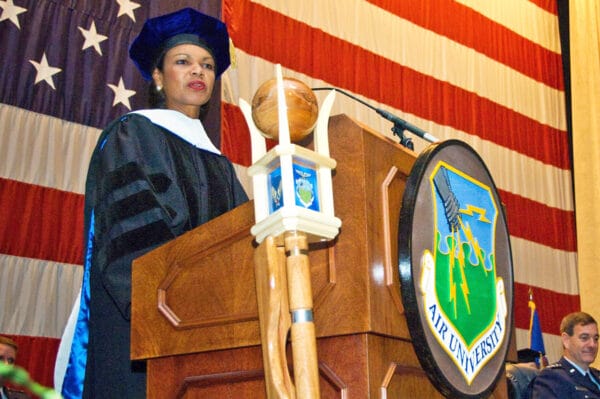 Condoleezza Rice Honored at Air University
From 2006 to 2009, Air University underwent a major reorganization that established five centers to oversee its five major functions, previously provided by 19 separate organizations. The Carl A. Spaatz Center and Thomas N. Barnes Center provide the continuum of professional military education for officers and enlisted members, respectively. The Curtis E. LeMay Center provides doctrine development and education, and the Jeanne M. Holm Center oversees the Air Force’s officer accessions and citizen development programs. The Eaker Center oversees the preponderance of the Air Force’s professional continuing education courses.
Condoleezza Rice Honored at Air University
From 2006 to 2009, Air University underwent a major reorganization that established five centers to oversee its five major functions, previously provided by 19 separate organizations. The Carl A. Spaatz Center and Thomas N. Barnes Center provide the continuum of professional military education for officers and enlisted members, respectively. The Curtis E. LeMay Center provides doctrine development and education, and the Jeanne M. Holm Center oversees the Air Force’s officer accessions and citizen development programs. The Eaker Center oversees the preponderance of the Air Force’s professional continuing education courses.
In May 2008, the Air Force established the Air Force Research Institute to bring related research and outreach functions from other Air University organizations together into one organization. The institute produces the Air Force’s premier airpower journals, including the Air and Space Power Journal (published under several different titles since 1947), and books related to airpower history and doctrine. It also conducts special research projects for the Chief of Staff of the Air Force and other senior Air Force officials and hosts a number of strategic level symposiums.
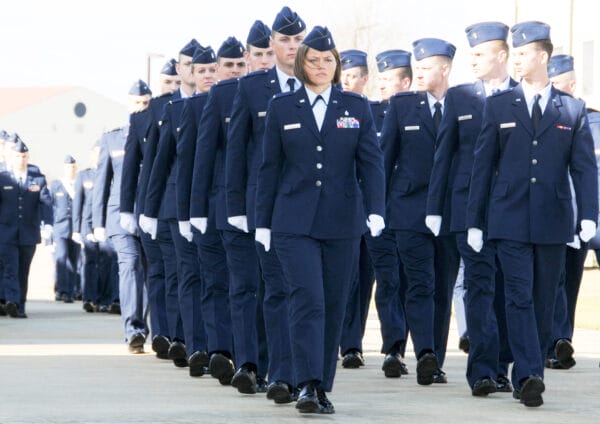 Air University Graduation
Since 2006, Air University has moved forward to enhance its reputation as the “education and intellectual center of the United States Air Force.” In 2011, it received accreditation for the award of master and doctorate degrees in various areas of military studies. In 2012, the title of the commander of Air University was changed to “commander and president” to better reflect the university’s increasing reputation as a prestigious educational institution among both senior military and civilian education leaders. These significant organizational, administrative, and intellectual achievements ensured the continued success and growth of the Air University in the twenty-first century.
Air University Graduation
Since 2006, Air University has moved forward to enhance its reputation as the “education and intellectual center of the United States Air Force.” In 2011, it received accreditation for the award of master and doctorate degrees in various areas of military studies. In 2012, the title of the commander of Air University was changed to “commander and president” to better reflect the university’s increasing reputation as a prestigious educational institution among both senior military and civilian education leaders. These significant organizational, administrative, and intellectual achievements ensured the continued success and growth of the Air University in the twenty-first century.
Additional Resources
Ennels, Jerome A., and Newton, Wesley P. The Wisdom of Eagles: A History of Maxwell Air Force Base. Montgomery, Ala.: Black Belt Press, 1997.
Finney, Robert T. History of the Air Corps Tactical School, 1920-1940. Washington, D.C.: Center for Air Force History, 1992.
